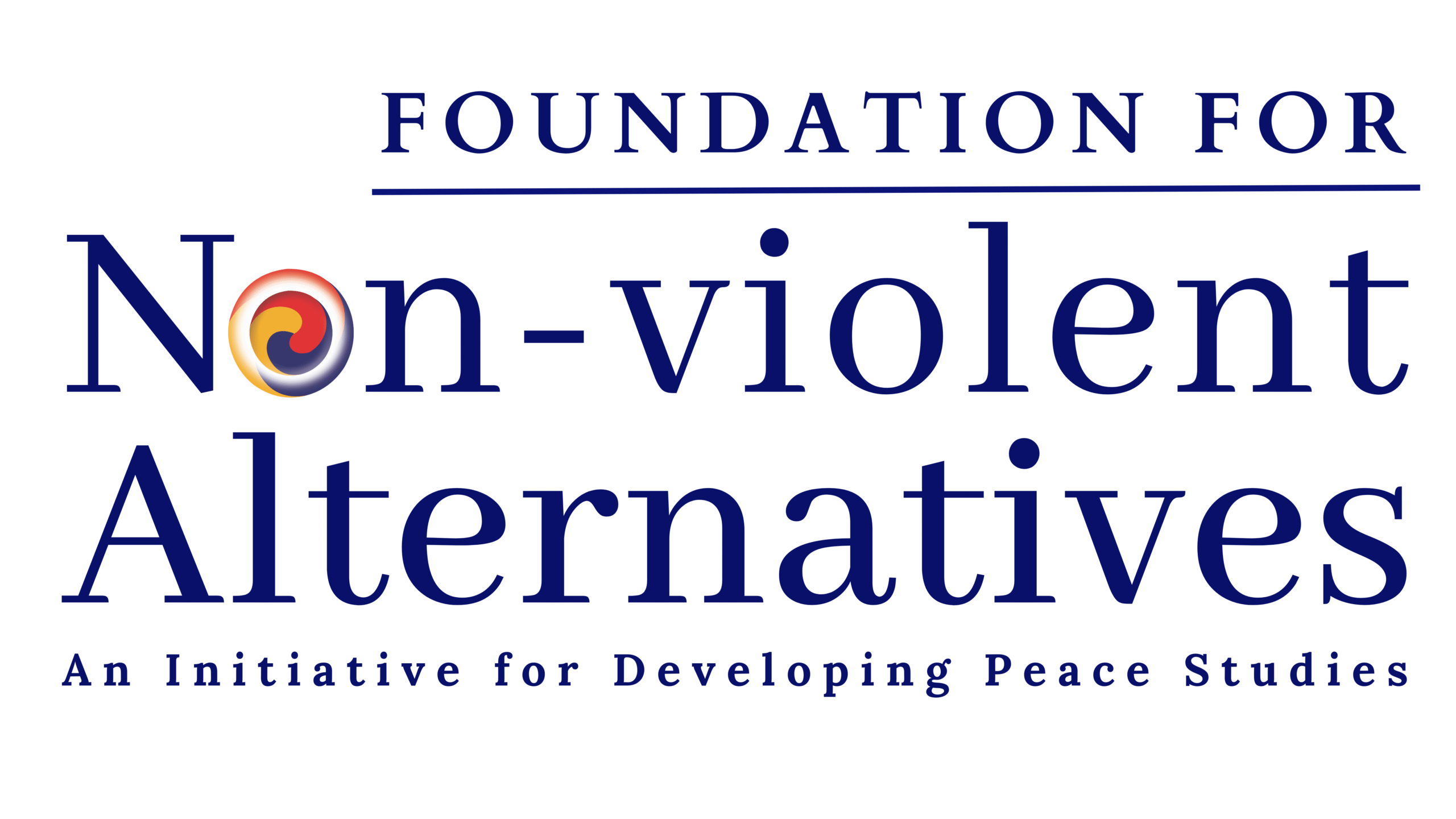ABSTRACT
This study critically investigates the political representation of women in Tibetan-inhabited regions, with a particular focus on their roles within governmental and party structures across various administrative tiers. Despite the Chinese Communist Party’s rhetorical commitment to gender equality, Tibetan women remain markedly underrepresented in positions of substantive political authority. Utilizing a “division of labour” analytical framework, this research elucidates their systematic relegation to culturally and socially oriented domains which is the case of all women irrespective of ethnicity, while strategic spheres of political decision-making, state security, and ideological governance remain overly male-dominated. The study encompasses one province, twelve prefectures, two prefecture-level cities, one autonomous region, and 89 counties across Tibetan-inhabited regions. The findings substantiate two key hypotheses: (H1) that women are disproportionately assigned to roles that align with conventional gender norms within political institutions, and (H2) that ethnic minorities experience entrenched structural marginalization within China’s political apparatus. This study underscores the imperative for further scholarly inquiry into the intersectionality of gender and ethnicity within China’s political appointment mechanisms, particularly concerning the systemic constraints faced by Tibetan women in achieving higher political office.

